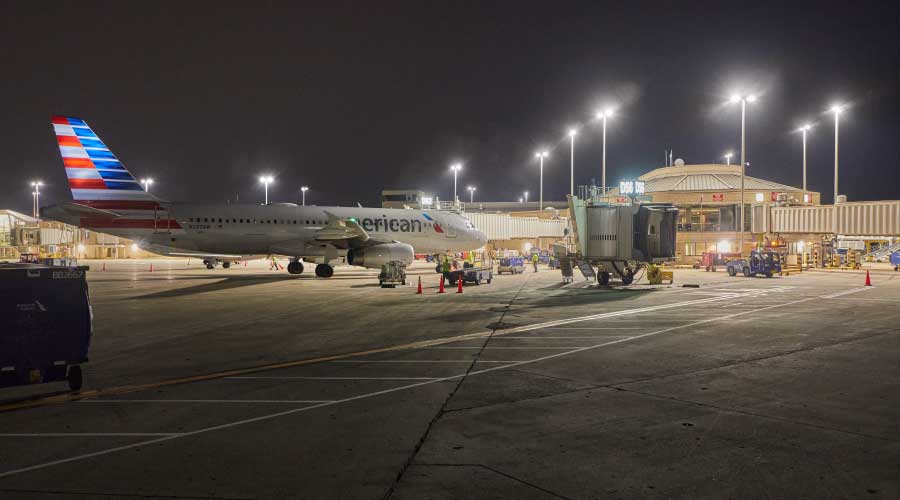Lighting Retrofits: Managers Must Ensure Products Function Post-Installation
Some members of the lighting-retrofit team might consider most of their work finished when the design is complete. But at that point, a manager's real job starts. Ensuring the controls, lamps, and ballasts function as intended and deliver the desired benefits often falls largely on the shoulders of managers.
Recognizing this issue, manufacturers have incorporated greater functionality into their latest products to ensure they are easier to monitor and operate.
"The best, advanced lighting-control systems provide increased functionality, while recognizing facility managers are not lighting-control experts, nor should they be," Park says. "So features like automatic configuration become more valuable by eliminating the necessity of elaborate commissioning or configuration, as well as simplifying the process of future adjustments. These types of systems are gaining traction in the industry for their ease of set-up, maintainability and their simplicity."
Still, in many cases, managers need outside assistance, at least initially.
"While advanced lighting-control technologies offer advanced functionality, often the systems also require advanced and specialized expertise," Park says. "For instance, systems may require (manufacturer) specialists to start up, commission, maintain and even fix problems and reconfigure the system. Service calls are typically costly and may not be included in the system pricing. As a result, these costs end up coming from the facility operating budget."
Increasingly, new-generation products enable front-line technicians to more easily adjust system settings, given the changing nature of facilities and their operations.
"Technology advances have also led to the development of smart control systems, such as new digital lighting control products that offer out-of-the-box functionality without the need for specialized expertise," Park says. "For instance, some systems automatically configure to the most energy-efficient mode of operation, based on the installed components. A system like this offers straightforward operation for easy documentation. Facility personnel can easily make adjustments, recommission, or reconfigure the system."
New wireless lighting controls offer several benefits for organizations. In many facilities, much of the energy used for lighting results from fixtures that remain on unnecessarily because of inadequate controls. Traditional wired switches are expensive to install, inflexible to changing requirements in the workplace, and unable to respond to available daylight or occupancy. The wireless controls enable managers to remove a major element of any lighting retrofit: the wiring.
"The most expensive element of a retrofit is the labor to run the wire to run the system," Freshman says. "If you can eliminate (the labor), the overall installation cost drops by 50 percent." Beyond those benefits, he says, the area's operations remain uninterrupted.
Related Topics:














